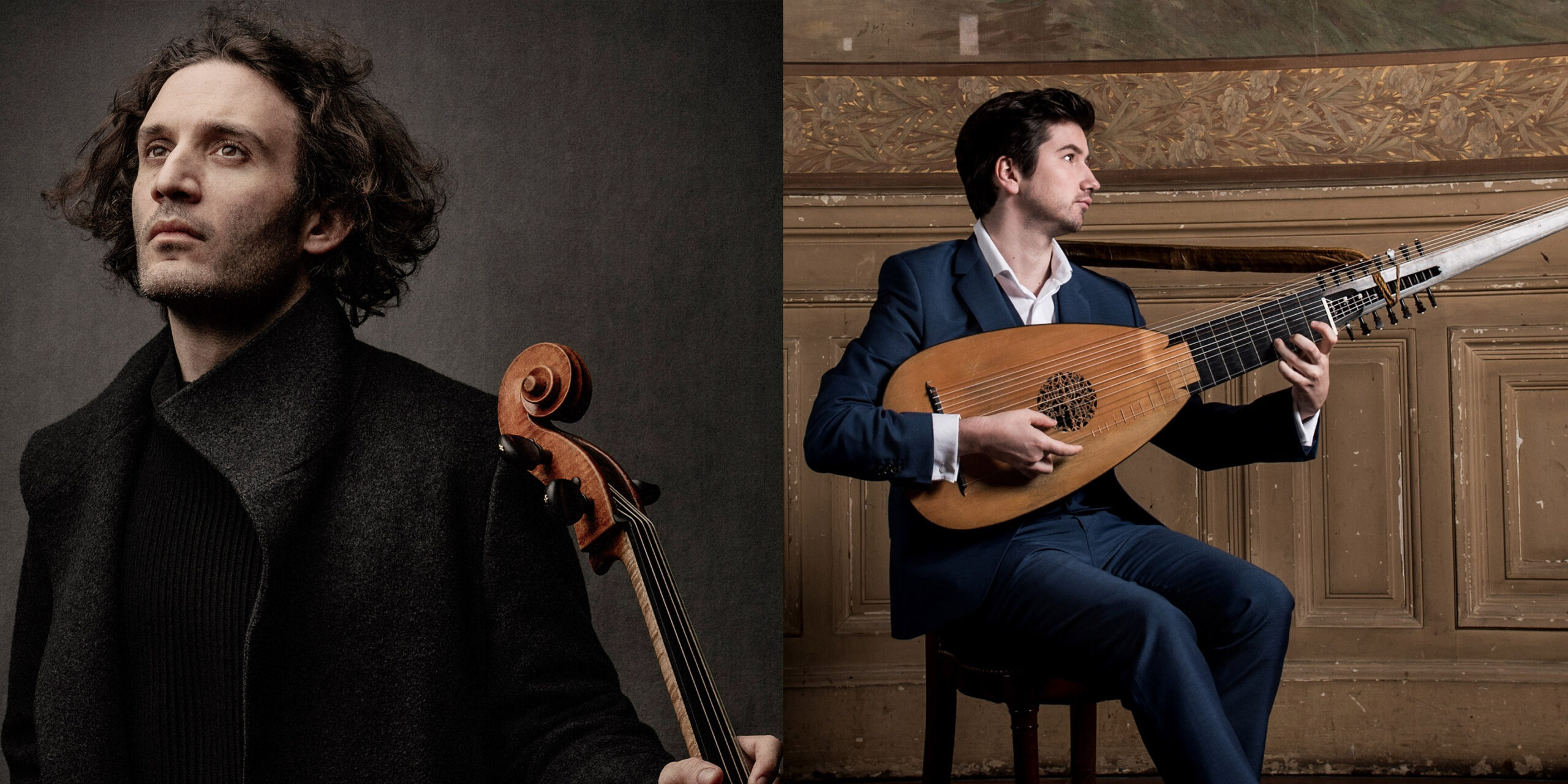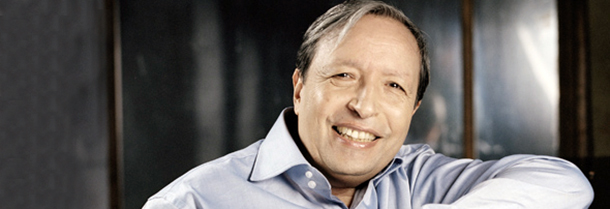Tag: J.S. Bach
-
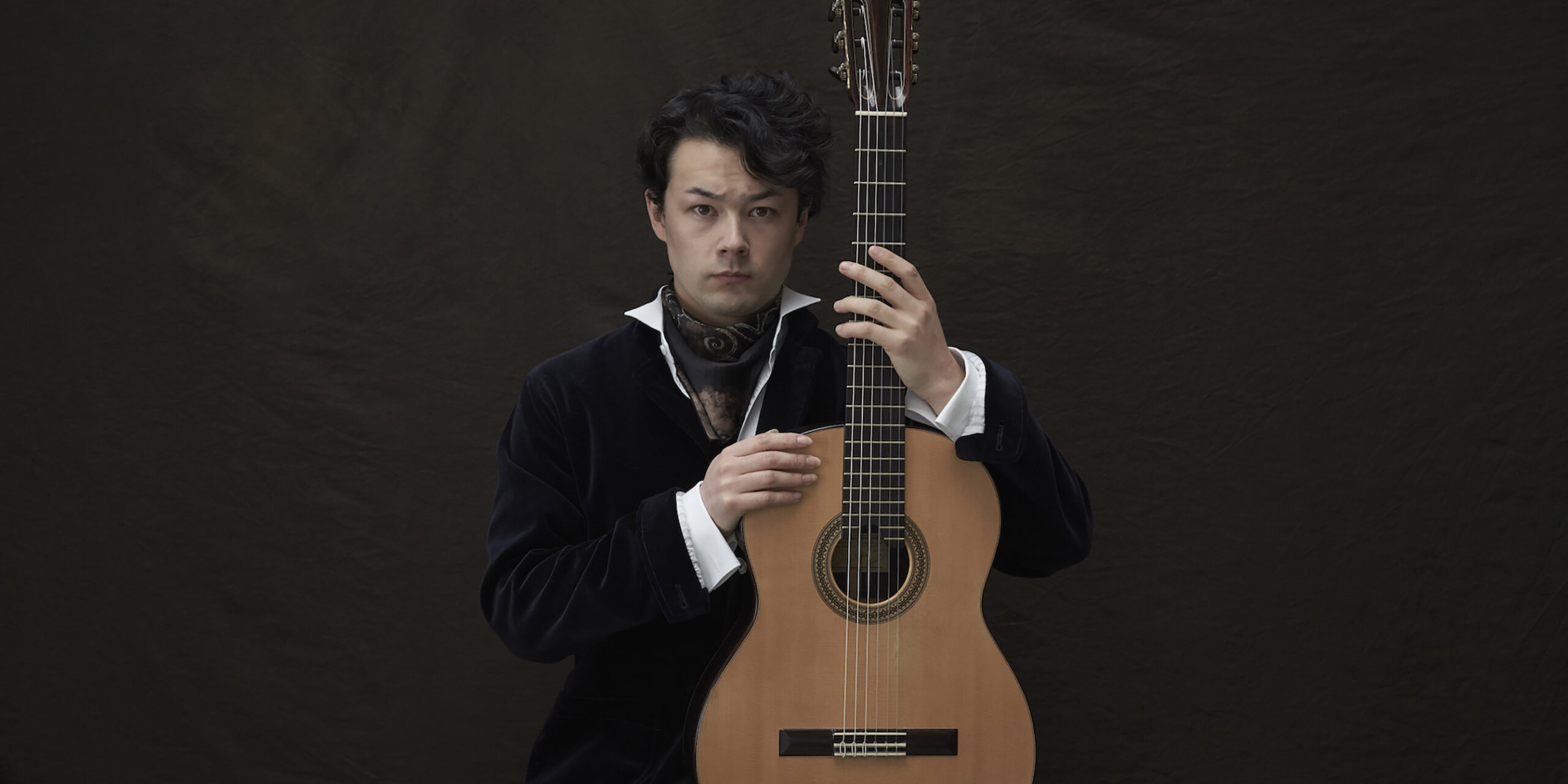
-

-

-

-
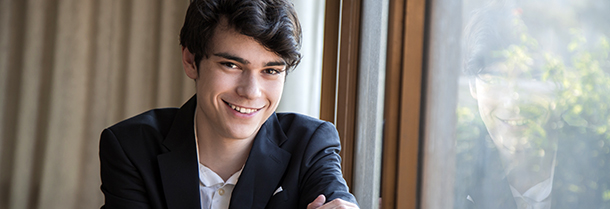
-

-
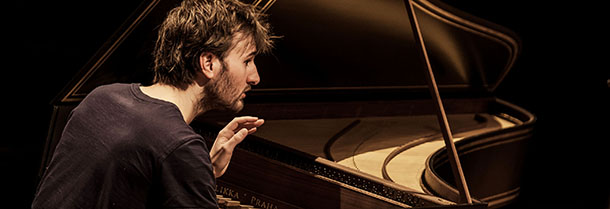
PROGRAM NOTES: JEAN RONDEAU
Johann Sebastian Bach Goldberg Variations BWV 988 Bach’s Aria mit verschiedenen Veränderungen vors Clavicimbal mit 2 Manualen was published in 1741 as the final instalment of his Clavier-Übung series of keyboard works. This monumental exploration of the variation form ranks as the largest single keyboard composition published in the 18th century, in which Bach displays…
-

PROGRAM NOTES: SCHAGHAJEGH NOSRATI
Johann Sebastian Bach GOLDBERG VARIATIONS BWV 988 Historical Background Such was Bach’s mastery of his musical materials that he was often tempted to explore a particular genre or compositional technique in a systematic way by providing a quasi-exhaustive compendium of its possibilities. Fugue, for example, is represented in the two books of The Well-Tempered Clavier…


